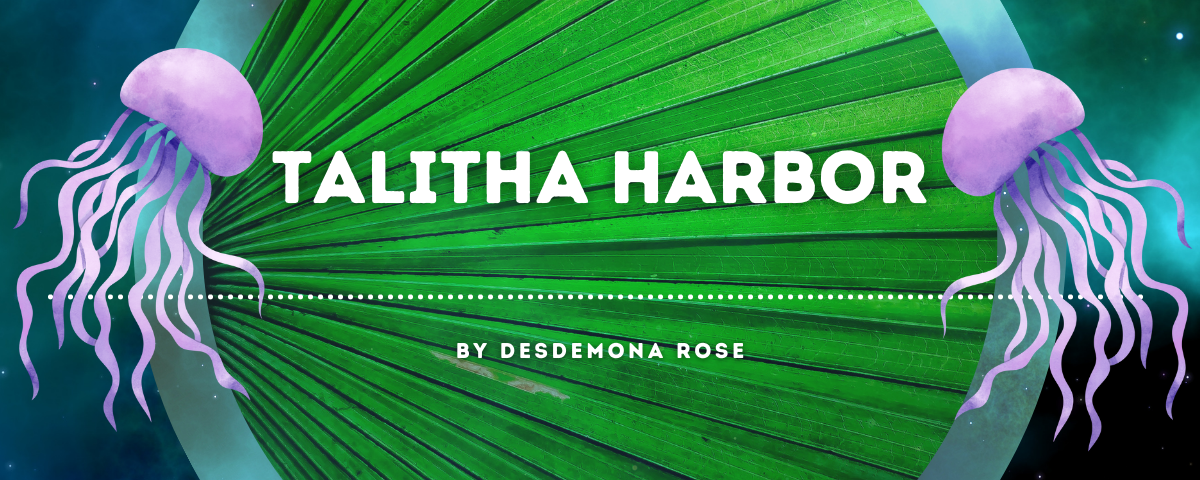Sporous Paragonimus
The Talithans derived the name Sporous Paragonimus from an Earthian lung fluke. Earthian paragonimus travels from a variety of water species into humans. The Talithan sporous paragonimus, also called SporPar, partially follows this pattern. Unlike the Earth species, SporPar spreads through the air with through thousands of spores. Although highly infectious, controlling its spread and treating it are possible.
Basic Information
Growth Rate & Stages
Sporous Paragonimus is passed through airborne spores that are around 6 μm. The larva can develop in any environment that’s warm and moist, however they need more specific factors to complete the full lifecycle and spread. This is rarely an issue in nature. It can be in human hosts if the larva migrates outside of the lungs.
In its natural environment, SporPar grows on the slimy skin of some marine animals, most notably the Candamius salamander. As the spores germinate and grow, they pull nutrients from the slime and surface of the skin. The entire lifecycle happens on the surface of the skin or in gills. The larva are flat and the slimy surface keeps enough of them in place for the species to continue.
The bronchial tubes and mucus in the humans lungs have proven to be a sufficient breeding ground for SporPar. If the individual doesn’t inhale a large number of spores, it’s possible for the larva to spread out too much and not breed. There’s also a risk, in this situation, where the larva continues to search and pass through the lungs and into the rest of the body. Typically, they will simply die out. In rare cases, where the larva have found the brain, they’ve caused lethargica.
SporPar lifecycle lasts an average of ten to twelve days. It will germinate, become a larva, develop a fungal like hypha, breed, attach itself to a host, and create spores. These spores can function in both air and water. Contact with specific proteins, found in both human and marine life mucus, trigger the spore to germinate.
The larva are nearly invisible to the human eye, growing no longer than 6 mm and stay very thin. They feed by absorbing nutrients through their skin. When on the skin of marine life, they’re a nuisance and only cause serious infection if the animal has a weak immune system, or the infection has lasted an extended period. In the wild, foreign objects and other smaller creatures can remove the parasite from the skin, typically keeping infections from growing to that point. In the human lungs, there’s nothing to contain the parasite and it can multiply past the person’s capacity, causing death.
The larva can survive three spore cycles before it will naturally die off, if nothing else kills it. A single cycle can create a few hundred spores. It’s not as prolific as other species that create spores. They can, however, live on a variety of sea life, allowing them to live on a variety of surfaces.
The human illness caused by this parasite is called SporPar Pneumonia





Comments